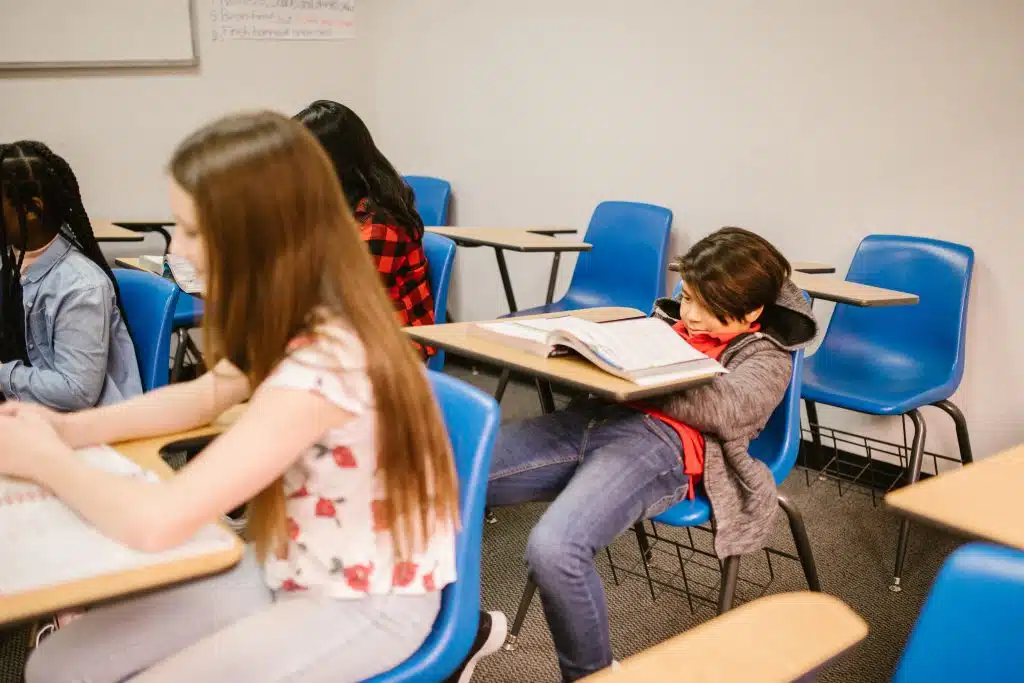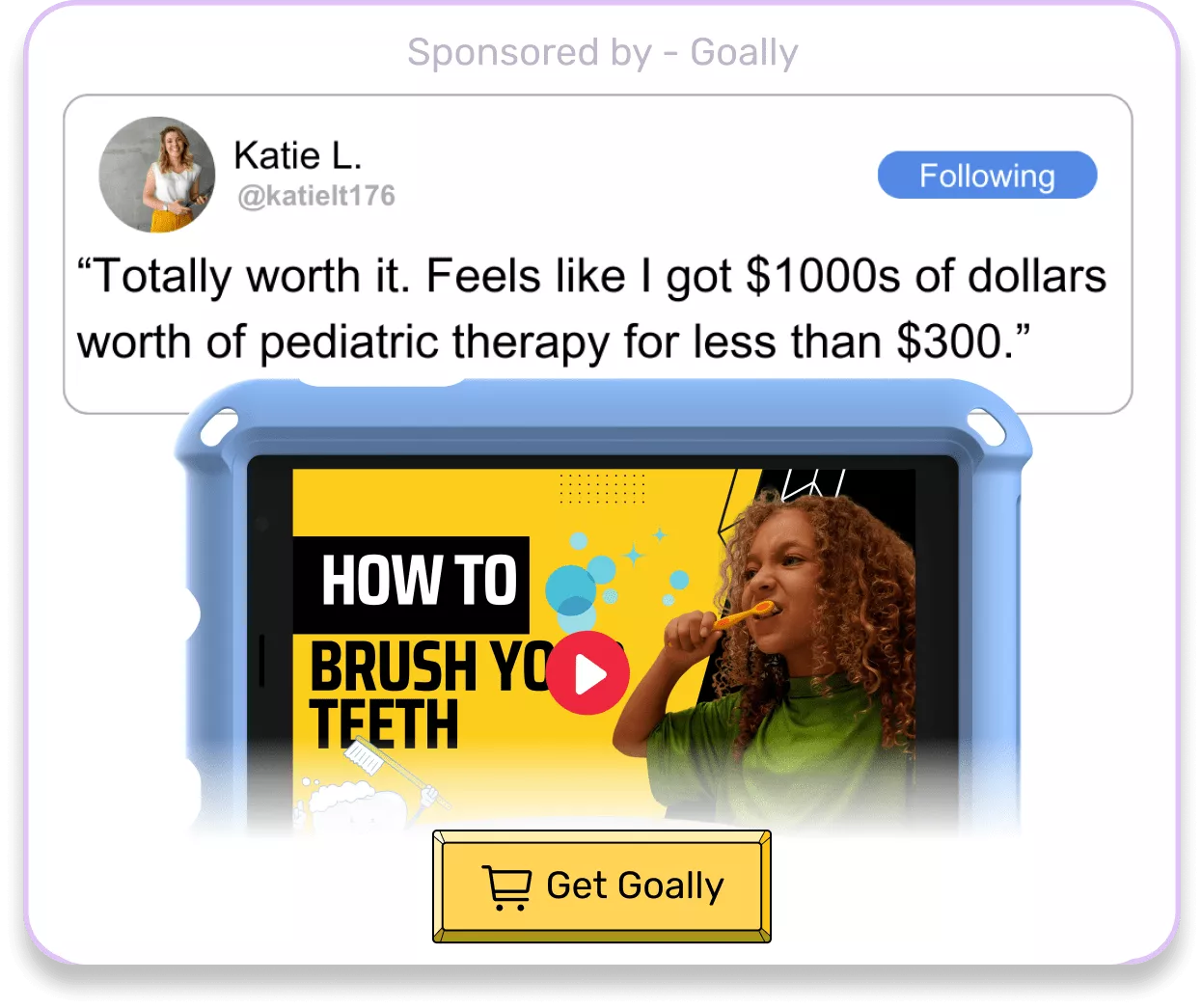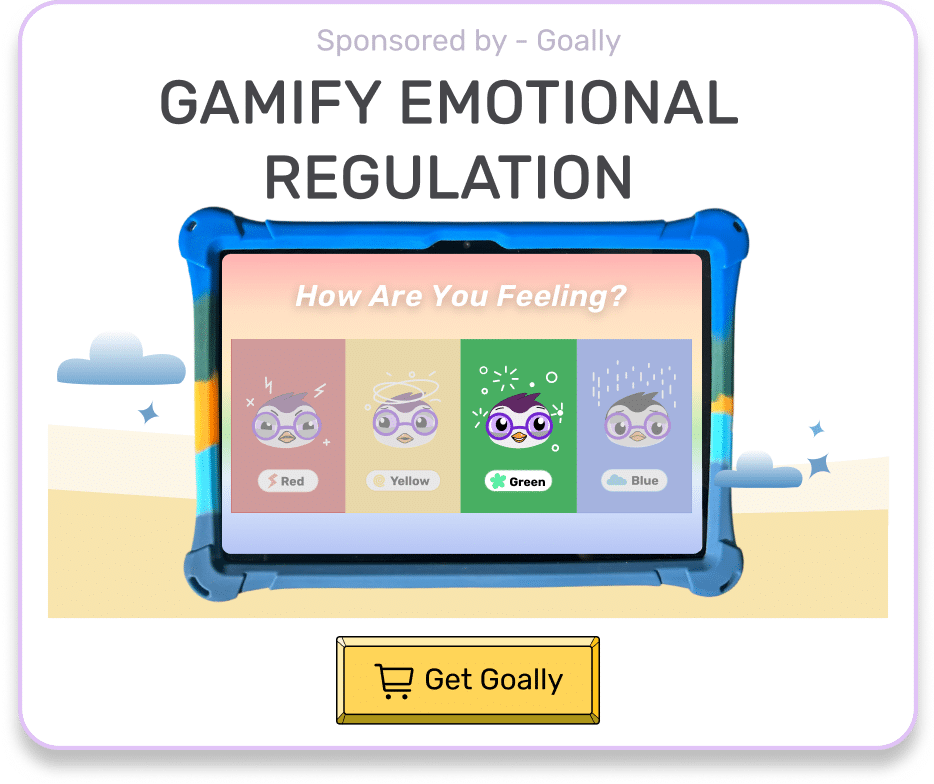As I sit across from 8-year-old Liam in my office, his big blue eyes look up at me, filled with worry. “I don’t know why I feel this way,” he says softly, fidgeting with a toy car. “My stomach hurts, and my heart races when I have to go to school.” Liam, like many kids, struggles with Anxiety. As a licensed practitioner who works with children, I’ve had countless conversations like this. Anxiety in children is common, affecting about 7.1% of kids aged 3-17 according to the CDC. If your child is experiencing Anxiety, know that you’re not alone. Here’s how to explain Anxiety to a child in a way they can understand.
Table of Contents
Defining Anxiety for Kids
When talking to kids about Anxiety, it’s important to use language they can grasp. I often explain it like this: “Anxiety is a feeling that can make you feel scared or worried. It’s like having butterflies in your tummy.” I emphasize that while Anxiety can feel frightening, it’s not dangerous. In fact, Harvard Health points out that Anxiety is a normal and necessary emotion that helps us stay safe.
I find it helpful to break down the concept of Anxiety into three parts for kids:
- Thoughts (worries)
- Physical feelings (tummy aches, heart racing)
- Behaviors (avoiding scary situations)
By explaining these components, kids can start to recognize Anxiety when they experience it. You might ask your child, “When you feel worried, what happens in your body? What kind of thoughts do you have?”

Read more: Symptoms of Anxiety in Kids
Anxiety as a Survival Instinct
Another way I explain Anxiety to kids is by talking about our survival instincts. I might say something like, “Did you know that Anxiety is actually trying to protect you? When we feel scared, our bodies go into ‘superhero mode’ to keep us safe, just like if we saw a bear in the woods.”
I then explain how this “fight, flight, or freeze” response causes physical symptoms like a racing heart, which pumps blood to our muscles to help us run fast. By framing Anxiety as a misguided superhero, kids can start to see it as less of an enemy.
| Threat | Fight, Flight or Freeze Response |
|---|---|
| Bear in the woods | Run away fast (flight) |
| Giving a presentation in class | Feel shaky, want to hide (freeze) |
Anxious Thoughts vs. Reality
One of the trickiest parts of Anxiety is that our worries often feel very real, even if they’re unlikely to happen. I remember working with a 7-year-old girl, terrified of the fire alarm going off at school. She worried it would happen daily, even though fire drills only occurred twice yearly.
I gently point out the difference between worries and reality in these situations. I might say, “I know that worry feels so real and scary. But let’s think about it – how often do fire alarms really go off at school?” By helping kids look at their fears realistically, they can gain control.

Sharing Your Own Experiences
Kids often feel reassured knowing they’re not alone in their struggles. That’s why I think it’s so valuable for parents and caregivers to share their own experiences with Anxiety. You might say, “You know, I feel nervous sometimes too. When I have to speak in front of people at work, I get butterflies in my stomach.”
By modeling that Anxiety is normal and manageable, we give kids permission to feel their feelings without shame. We also show them that it’s possible to cope with Anxiety and still do challenging things.
Tired of Emotional Meltdowns?
Goally’s Mood Tuner app has activities for kids with BIG emotions. Teach kids how to tune their mood with Goally. See fewer meltdowns.
The Mood Tuner app encourages kids to look inwards and identify their feelings, helping them understand what’s going on inside. Once they’ve recognized their emotions, they can choose from a 20+ activities designed to help them self-regulate and find their balance.

Explaining Anxiety to a child isn’t always easy. Still, with empathy, clear language, and a bit of creativity, we can help kids understand and cope with this common struggle. Remember, your child looks to you for guidance and reassurance. By openly discussing anxiety and modeling healthy coping skills, you empower them to navigate their worries confidently. And if your child needs extra support, don’t hesitate to contact a mental health professional specializing in working with kids. With the right tools and support, your child can learn to manage their Anxiety and thrive.
For more information on Anxiety in children, check out these helpful resources:
- Anxiety and Depression Association of America: Anxiety in Children – Offers practical tips and strategies for parents.
- Child Mind Institute: What to Do (and Not Do) When Children Are Anxious – Provides do’s and don’ts for responding to your child’s Anxiety.
- HealthyChildren.org: Anxiety Disorders in Children – Includes information on types of anxiety disorders and treatment options.
FAQ’s About How to Explain Anxiety to a Child
What is anxiety?
Anxiety is a feeling of unease, worry, or fear that can be mild or severe. It's a normal emotion that everyone experiences at times.
How can I explain anxiety to my child?
Explain anxiety to your child using simple, age-appropriate language, such as "Anxiety is when you feel scared or worried about something, even if you're not in danger."
What are some physical symptoms of anxiety in children?
Some physical symptoms of anxiety in children include stomachaches, headaches, trouble sleeping, and a racing heartbeat.
How can I help my child cope with anxiety?
You can help your child cope with anxiety by teaching them relaxation techniques, encouraging them to face their fears gradually, and providing a supportive, understanding environment.
When should I seek professional help for my child's anxiety?
Consider seeking professional help if your child's anxiety is severe, persists for a long time, or interferes with their daily life and activities.
Emily is a seasoned blog writer for Goally, leveraging her extensive background in child psychology and special education to provide valuable insights and resources for parents. Her commitment to understanding and addressing the unique needs of these children, combined with her expertise in educational strategies, makes her a credible and empathetic voice for families.






